A Closer Look into the Tangible Impacts of EME in the Energy Sector
Energy management efficiency (EME) has become a central theme in the energy sector due to the convergence of several global challenges such as climate change, rising energy demand, resource scarcity, the need for energy security, and, most importantly, the need for sustainable development.
Efficiency, on the other hand, is not just about cost reduction but about optimising every kilowatt-hour produced and consumed to maximize its utility while minimising environmental and economic impacts.
Further evidence has shown that the importance of energy efficiency in the energy sector is highly underscored by its potential to drive decarbonisation while supporting the integration of renewable energy and reducing energy intensity across industries.
Energy improvements are estimated to deliver 40% of the total carbon emission reductions needed to meet the Paris Agreement target by 20401.Furthermore, the global energy efficiency market has seen rapid growth, with investments in technologies and services reaching over $560 billion in 2022, a 16% increase compared to 20212. These claims prove that this increase is fuelled by the public and private sectors, as well as consumers therefore recognising that energy efficiency is a cost-effective approach to tackle the rise of energy prices and emissions simultaneously.
A Closer Look at the Statistics on the Path to a Sustainable Energy Future
The consequences of the lack of action and global efforts to mitigate global warming alongside the other described global challenges are becoming more visible and tangible from day to day. A McKinsey study on the global energy landscape shows that improvements in energy efficiency could reduce global CO2 emissions by up to 70% through increased efficiency and electrification of industries3. These measures are important not only because of their potential to maximize decarbonisation but also to meet climate targets which aim to limit global warming to well below 2ºC above pre-industrial levels4.
On another level, energy management efficiency can extend beyond cost savings and have an actual impact in reducing overall energy demand and reliance on fossil fuels. This aspect is particularly relevant for countries that are vulnerable to energy supply disruptions or price volatility.
Energy efficiency measures in infrastructure, appliances, and buildings can have an actual impact on energy poverty where energy is made more affordable and accessible to those 685 million people globally who lack access to electricity5 as well as in the world’s economic growth where the global economy could save $2.8 trillion in energy costs by 20306.
What is Happening from the Technological Point of View
As countries and businesses aim to meet increasingly stringent climate targets and continue on the path of innovation toward a more sustainable energy future, technological advancements will continue to be at the forefront of driving energy management efficiency.
Smart grid technologies integrated with IoT are allowing for more efficient energy distribution by providing real-time data on usage and enabling demand response programs, which are estimated to reduce global energy demand by up to 15% by 20307.
AI-driven energy management platforms have evolved to optimize real-time energy consumption, identifying inefficiencies and automating responses leading up to a prediction of a 20% reduction in industrial applications. The transportation sector is the best example of the appropriate use of AI where, as one of the largest contributors to climate change, AI is already helping decarbonise the sector by analysing traffic data and fuel consumption8. In practice, AI-driven systems are optimising traffic flow by reducing congestion and improving fuel efficiency. But how is this happening? In detail, by enabling smarter route planning and vehicle management therefore, cutting unnecessary fuel use and by contributing to cleaner transportation.
Finally, the evolution of energy storage solutions plays an important role in balancing supply and demand, especially as renewable sources become more prevalent. Technologies in the energy storage market, projected to expand to 358 GW by 20309 are collectively contributing to more effective energy management, supporting the broader goals of decarbonisation and energy security. Looking into closer detail, this projection was made possible because energy storage technologies were designed to enable more effective energy management by storing excess renewable energy and releasing it when needed, ensuring supply even when renewable generation is low hence, reducing reliance on fossil fuels.
How have Free Electrons Alumni been Contributing to the Global Energy Transition?
The Free Electrons program, a global leader in energy innovation, has hosted numerous groundbreaking solutions over the course of its eight editions. These innovations are targeted at driving significant advancements in crucial areas of energy management and sustainability. Below, we highlight four trailblazing startups that have emerged as key players, showcasing remarkable progress and innovation in this area.
Dexma Energy Intelligence is a Spanish startup that focuses on improving energy efficiency in commercial, industrial, and public buildings. Their Platform Spacewell Energy shows quite an impressive advancement in the energy management sector, making it possible to combine big data analytics with energy efficiency to optimize energy in public and industrial settings making thousands of facility managers, energy auditors, and building owners capable of detecting and analyzing energy consumption and costs while on the path to becoming more sustainable.
In a collaboration started in 2019 with CLP, Dexma has quick started a pilot project that enhanced energy benchmarking and efficiency analysis for various commercial buildings, including offices and shopping centers resulting in companies being able to identify inefficiencies, reduce costs and optimize their energy usage by providing real-time insights into energy consumption and real-time data monitoring10.
Yet, another Spanish startup, Flexidao shifts its focus to energy offsets trading and energy traceability, specialised in providing blockchain-based software solutions for tracking renewable energy. Their technology is notable in the energy management industry as it ensures that energy data is immutable and transparent, hence allowing its users to track renewable energy production and consumption on an hourly basis. Back in 2020, Flexidao collaborated with EDP in a pioneering project that brought EDP’s energy offering to the next level by adding sustainability services that included transparent data on the origin of energy that companies buy and its emissions with an audit trail on a blockchain. This project shows yet another clear example of a significant step forward in the use of blockchain to enhance trust and transparency in the energy market.
Also in North America, OhmConnect engages residential customers by providing financial incentives for energy savings during peak demand periods. In other words, it allows users to participate in energy-saving events, helping to balance the grid load and reduce the need for fossil fuel-generated power during peak periods. The answer to the question of how this system works is a fully automated demand response platform that integrates with smart home devices such as thermostats, plugs, and appliances.
This approach has certainly secured a stable partnership with Origin back in 2020 when Origin Spike was introduced in the Australian market. In further detail, OhmConnect’s technology has made a statement in customer engagement while contributing to grid stability and promoting energy efficiency across its service11.
And finally, Net2Grid, a Dutch startup specialised in energy data analytics and disaggregation. Their platform holds a unique proposition in the market, benefiting both households in providing real and detailed insights into their energy consumption as well as energy service providers as it allows for more personalised advice for customers on using energy efficiently. The question as to how this was made possible is simple but what makes this technology more impressive is the total energy breakdown consumption data process into appliance-level insights without the need for further additional hardware. Net2Grid’s AMI-NILM technology implementation in Portugal was of great success to both EDP and Net2Grid back in 2020, granting customers access to personalised energy reports that allowed them to identify energy-saving opportunities at the appliance level. EDP, a key partner in this initiative, is also an investor in Net2Grid, further strengthening their collaboration. This initiative has not only shown promise for project scalability opportunities beyond Europe as well as it presented great accomplishment in the path to a more energy sustainable and efficient12.
On the Way to a Carbon-Free World
These collaborations showcase, once more, that energy management and efficiency is a linchpin of the energy sector, with far-reaching impacts on climate change mitigation, economic growth, and energy security. The Free Electrons program plays a crucial role in connecting these forward-thinking startups with leading utilities to potentiate technological innovation and, furthermore, to drive change in the global energy transition. Having it operating globally has a direct impact on the number of opportunities that arise and can be further tested inside the energy sector.
As countries and companies aim to meet increasingly stringent climate targets, the role of energy efficiency will continue to expand. With significant potential for cost saving, carbon reduction, and enhanced energy security, energy efficiency is not just a tactical priority but a fundamental pillar in the path to a more efficient and sustainable world. Learn more about further advancements in global energy transition at Free Electrons.
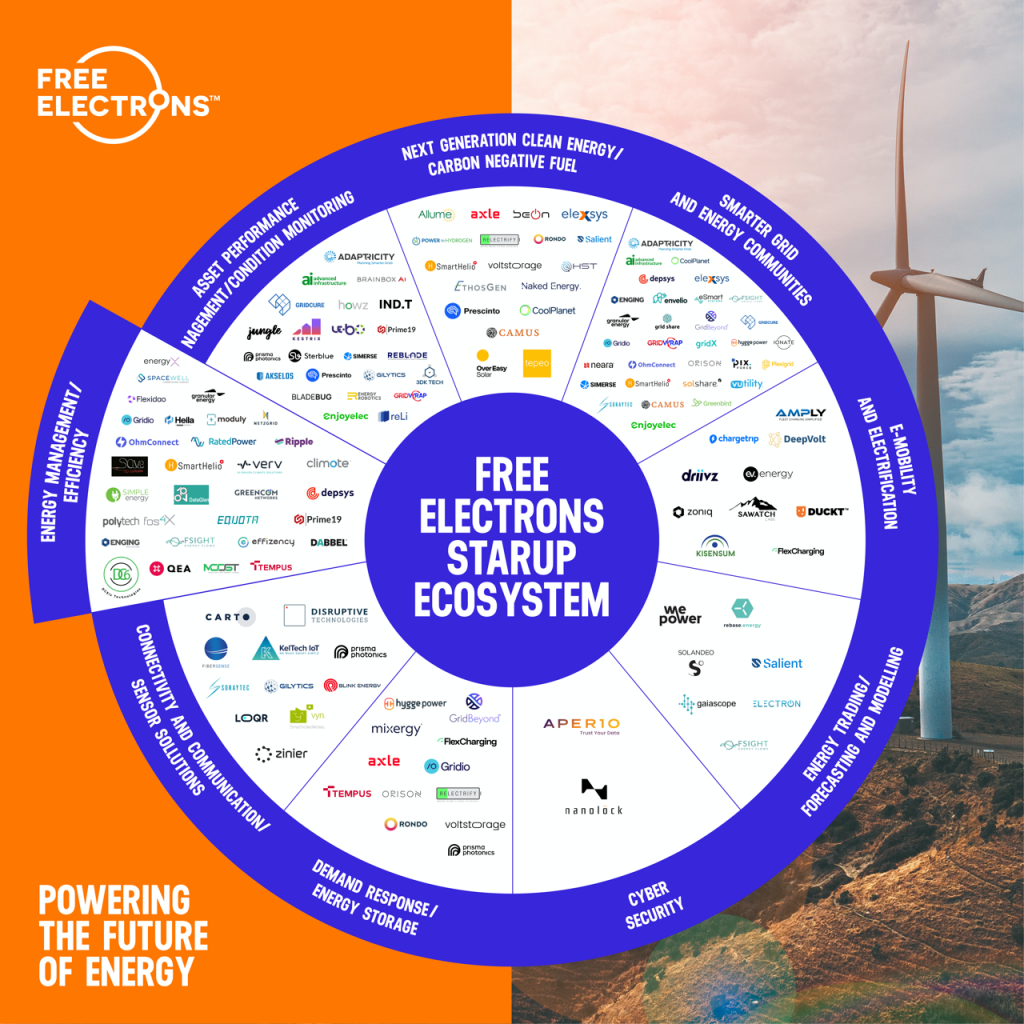
- (International Energy Agency, IEA, “Energy Efficiency 2022” (December, 2022))
- (International Energy Agency, IEA, “Energy Efficiency 2023” (November, 2023)
- (McKinsey & Company, “Charting the global energy landscape to 2050:Emissions” (December, 2022)
- (United Nations Framework Convention on Climate Change, UNFCCC, “The Paris Agreement”
- (World Bank Group, “Progress on basic energy access reverses for the first time in a decade” (June, 2024)
- (American Council for and Energy-Efficient Economy (ACEEE), “Energy Efficiency in a High Renewable Energy Future (June 2023)
- (International Energy Agency, “Digitalization and Energy” (November, 2017)
- (EQUANS, “How Artificial Intelligence (AI) is driving decarbonisation”)
- (Bloomberg NEF, “Global Energy Storage Market Set to Hit One Terawatt-Hour by 2030” (November, 2021))
- (Smart Energy Connect, “The CLP’s Journey: Sustainability through Innovation” (May, 2022)
- (Origin Energy, “Introducing Origin Spike”(October, 2020))
- (Net2Grid, “EDP selects NET2GRID AMI-NILM service via Free Electrons 2020 for future deployment” (October, 2020))
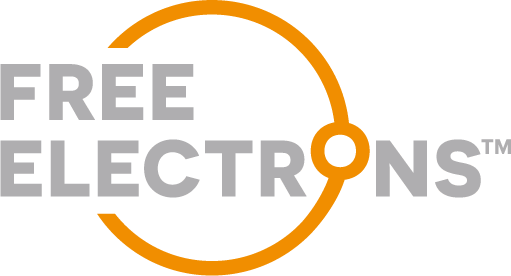
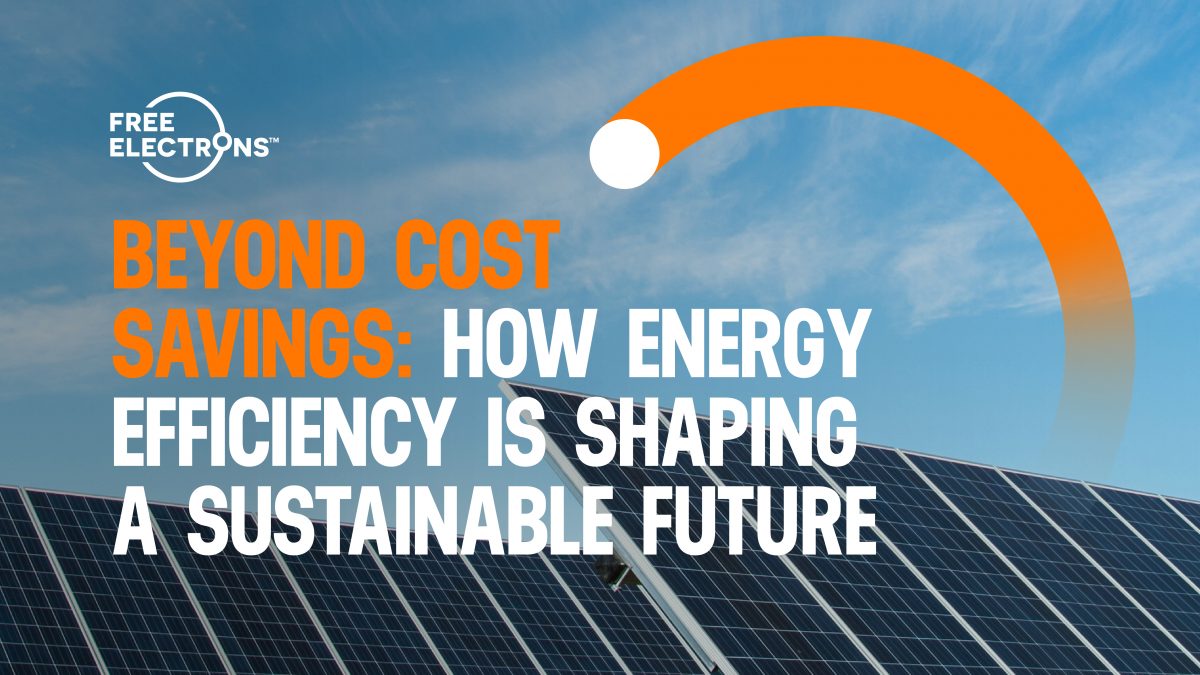
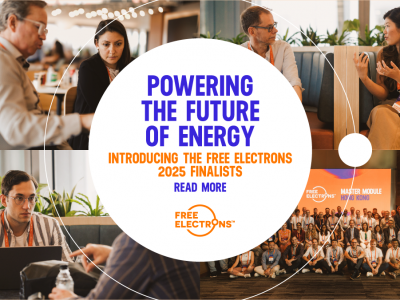
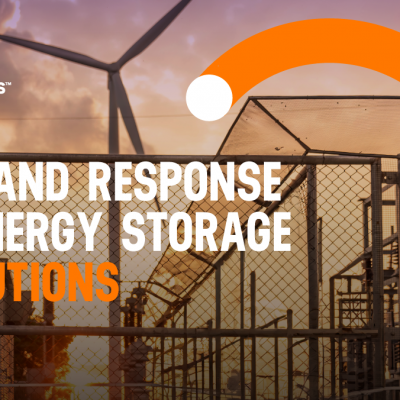

Comments